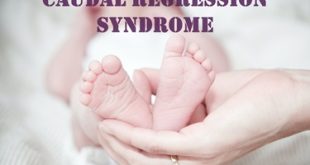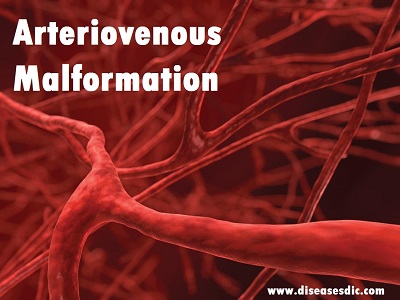Overview Caudal Regression Syndrome (CRS) is a rare congenital disorder that primarily affects the development of the lower half of the body, including the lower spine and limbs. This condition occurs during fetal development when the caudal, or lower, part of the embryo fails to form properly. As a result, …
Read More »Bladder Exstrophy – Definition, Causes and Complications
Definition of Bladder Exstrophy Bladder exstrophy is a rare congenital condition that affects the development of the urinary system. In individuals with bladder exstrophy, the bladder fails to properly form and close during fetal development, leading to a malformation where the bladder is exposed and located outside the abdominal wall. …
Read More »Hypospadias – Types, Risk Factors and Complications
Overview Hypospadias is a congenital defect noted in boys. The location of the meatus (outlet for urine on the penis) is located on the undersurface of the penis rather than on the tip of the penis. Most often this is noted at the time of birth. The foreskin does not …
Read More »Goldenhar Syndrome – Types, Complications and Symptoms
Overview of Goldenhar Syndrome Goldenhar syndrome, also known as oculo-auriculo-vertebral spectrum (OAVS), is a rare congenital disorder characterized by a wide range of developmental abnormalities that typically affect the face, ears, and spine. Named after the 19th-century German ophthalmologist Dr. Maurice Goldenhar, this condition is present at birth and can …
Read More »Micrognathia – Types, Causes and Treatment
What is Micrognathia? Micrognathia is a condition where the jaw is undersized. It is also sometimes called “mandibular hypoplasia”. This condition is common during infancy. It however is usually self-correcting during growth with a gradual increase in the size of the mandible to normal size. Since the jaw size discrepancy …
Read More »Arthrogryposis – Types, Risk Factors and Treatment
Definition Arthrogryposis, also known as arthrogryposis multiplex congenita or AMC, is a birth defect in which a child has various joints that are tight (contracted) with decreased motion, stiffness, deformity, and difficulty with function. The incidence for this is one in 3,000 live births. It is not a progressive disorder. …
Read More »Klippel-Trenaunay syndrome – Causes, Diagnosis and Treatment
Definition Klippel-Trenaunay syndrome (KTS) is a rare congenital malformation involving blood and lymph vessels and abnormal growth of soft and bone tissue. Typical symptoms include hemangiomas (abnormal benign growths on the skin consisting of masses of blood vessels) and varicose veins. Fused toes or fingers, or extra toes or fingers, …
Read More »Arteriovenous malformation- Overview, Causes and Treatment
Definition Arteriovenous malformation is a congenital disorder (present from birth) characterized by a complex, tangled web of arteries and veins in which there are a short circuit and high pressure due to arterial blood flowing rapidly in the veins. An AVM may occur in the brain, brainstem or spinal cord. …
Read More » Diseases Treatments Dictionary This is complete solution to read all diseases treatments Which covers Prevention, Causes, Symptoms, Medical Terms, Drugs, Prescription, Natural Remedies with cures and Treatments. Most of the common diseases were listed in names, split with categories.
Diseases Treatments Dictionary This is complete solution to read all diseases treatments Which covers Prevention, Causes, Symptoms, Medical Terms, Drugs, Prescription, Natural Remedies with cures and Treatments. Most of the common diseases were listed in names, split with categories.








